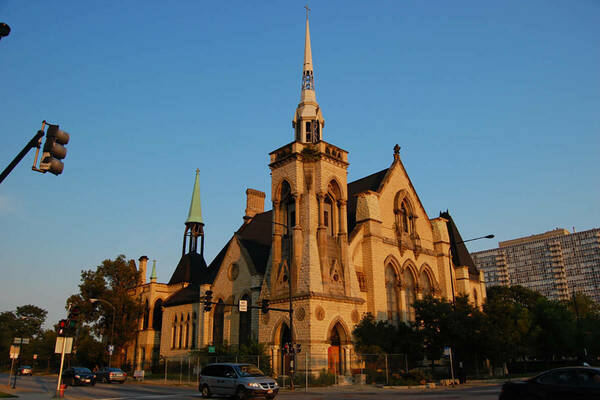“Early literary encounters with the Holocaust tended to tell you about the whole event, but now when the Holocaust appears, generally speaking, it appears in small moments, in kind of passing glances,” said William Collins Donahue, the John J. Cavanaugh, C.S.C., Professor of the Humanities and chair of the Department of German and Russian Languages and Literatures at the University of Notre Dame.
Donahue has researched extensively in the areas of literary realism and modernism, especially the work of Elias Canetti. Now focusing primarily on Holocaust literature, Donahue is developing an analogy for how the Holocaust appears in contemporary narratives. These small episodes, Donahue said, are similar to the Stolpersteine, a worldwide movement of small pavement stones, each commemorating a victim in the Holocaust.
“It is something that can strike you out of nowhere,” Donahue said. “You probably walk on, but it may stay with you, it may echo, it may resonate. And this I think is precisely the way these little stories work within these larger novels.”
You can also watch this video on YouTube.


